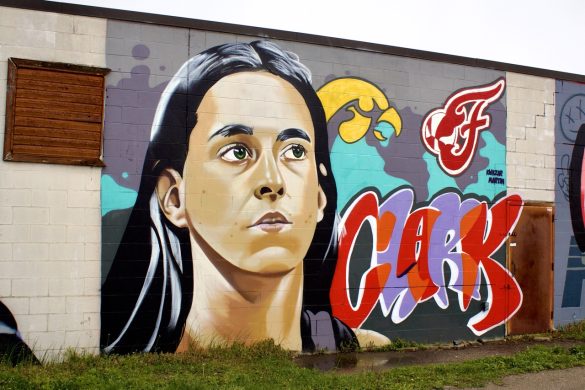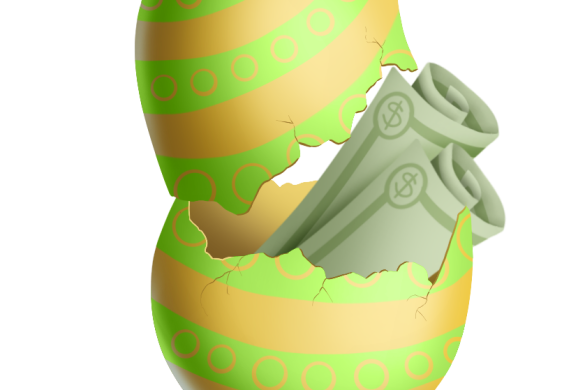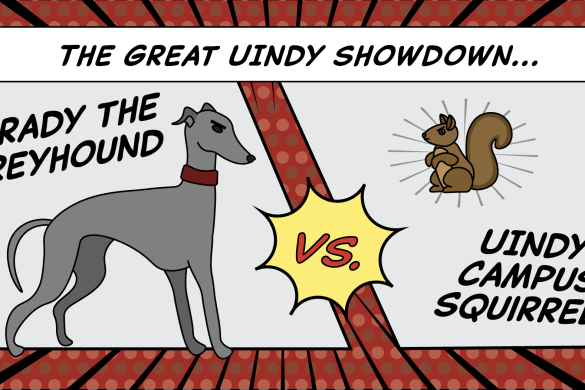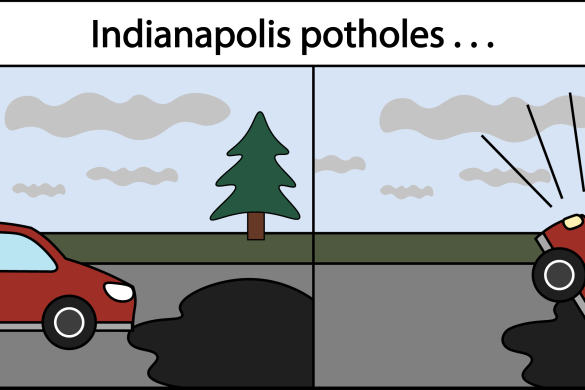“Spider-Man: Into the Spider-Verse” captivated audiences upon its release, grossing $35 million domestically on its opening weekend, according to Box Office Mojo, and currently hosts a 97 percent on Rotten Tomatoes and an 8.7 out of 10 on IMDb. So there is no doubting the film’s success, and having personally seen the film I can say it is certainly deserving of its success. It’s funny, well-written and every second is a visual spectacle.
The animation style blending modern techniques with techniques that pay homage to classic comic books is just beautiful, and I’m not the only one with that opinion. Rolling Stone, Wall Street Journal, Vanity Fair, and the New York Times all compliment the film’s visuals, and “Spider-Verse” has even earned itself an Oscar nomination for Best Animated Feature.
So it’s no surprise Sony is now attempting to patent the aids used to animate the movie. Deadline Hollywood provides a short summary of what Sony is attempting to protect with their application, listing multiple different new technologies the company invented in their article “Sony Gets Inventive, Seeks Patents For ‘Spider-Man: Into The Spider-Verse’ Animation Tech.”
One such technology can place dots and lines on certain surfaces to give the scene shading similar to old comic books. Another is a software that allows for digitally drawing on three-dimensional surfaces (which function like skeletons), then the animator can move and adjust those drawings as if they were also three-dimensional. Lastly, Sony created an artificial intelligence capable of predicting where the lines will be on the next frame of animation.
With these portions of the application, it seems like any other patent; the team behind “Spider-Verse” has invented these technologies, and is trying to protect them from public use (after all, it is their inventions). There is no issue, to me that’s just a company being a company.
However, there is one more aspect of the application that is an outlier. Sony is also attempting to patent what it calls “stylized abstractions of reality.”
Deadline Hollywood defines these as “[Images] constructed with shading tools that create the illusion of depth on a flat surface, the emulation of interior volumes of buildings and illustrated graphic reflections.”
Essentially, it’s the specific type of shading, colors and lighting the animation team used to make everything seem three dimensional. What’s important about this slice of the patent is that it is not the tools being protected here, it’s the style. It is how the art looks that is also being patented.
According to the United States Patent and Trademark Office, an art style is allowed to be patented under a non-provisional design patent, as it is technically a process. So, it is legal for Sony to patent their technique.
I will choose to look at this optimistically, as I really want to like Sony since they made such a good movie and have recently seemed to have a greater understanding of their audience, and perhaps this is just the result of the team being excited after creating so much and investing so much time. Patenting an art style is such a hindrance toward freedom of expression. Anyone that creates work that appears even remotely similar to the art featured within “Spider-Verse” would have to pay Sony whatever fee would needed.
Especially considering the specific part of the style being patented is the appearance of the shading and lighting, a lot of art could unintentionally fall under this category. Many fans also love to create art inspired by the media they appreciate, so people that want to draw art inspired by the film or its characters would have to give Sony money to create their own work. So in the end, all we as normal people can do is make as much art as we can now, until the big corporation stops us.







